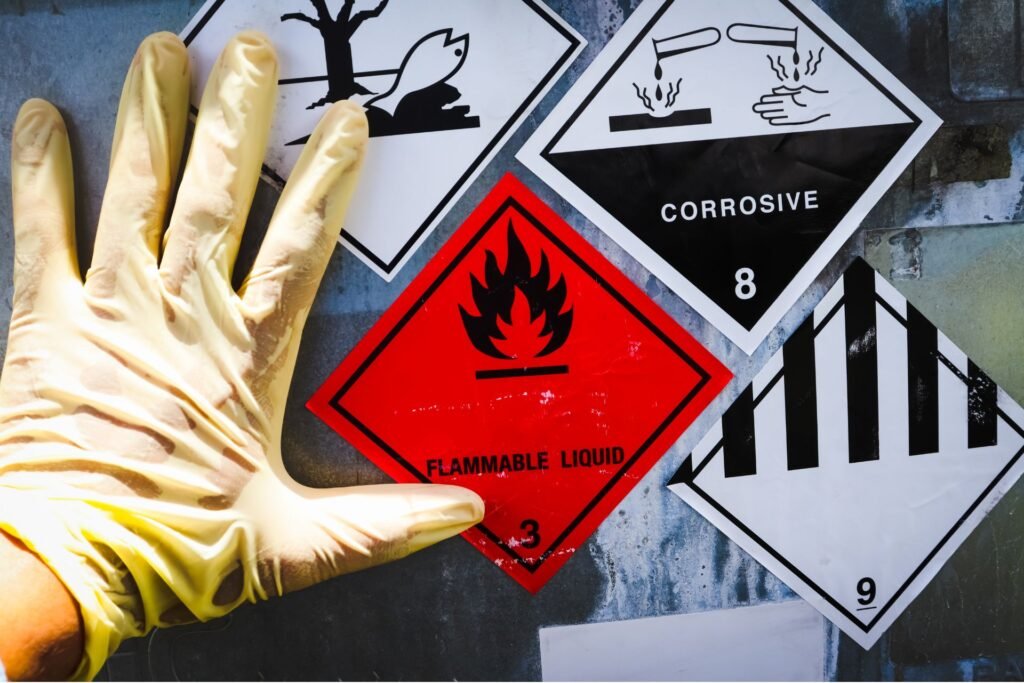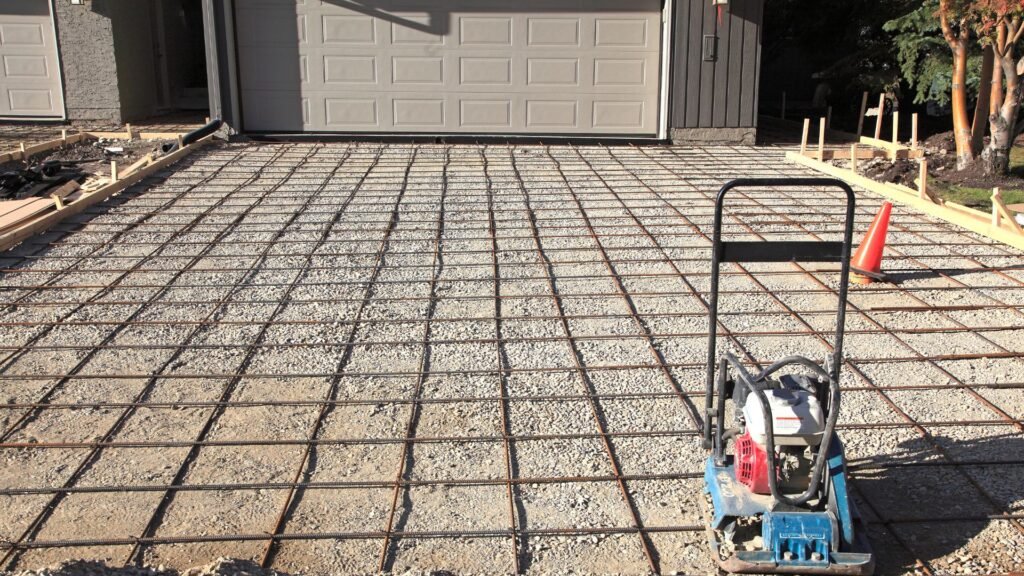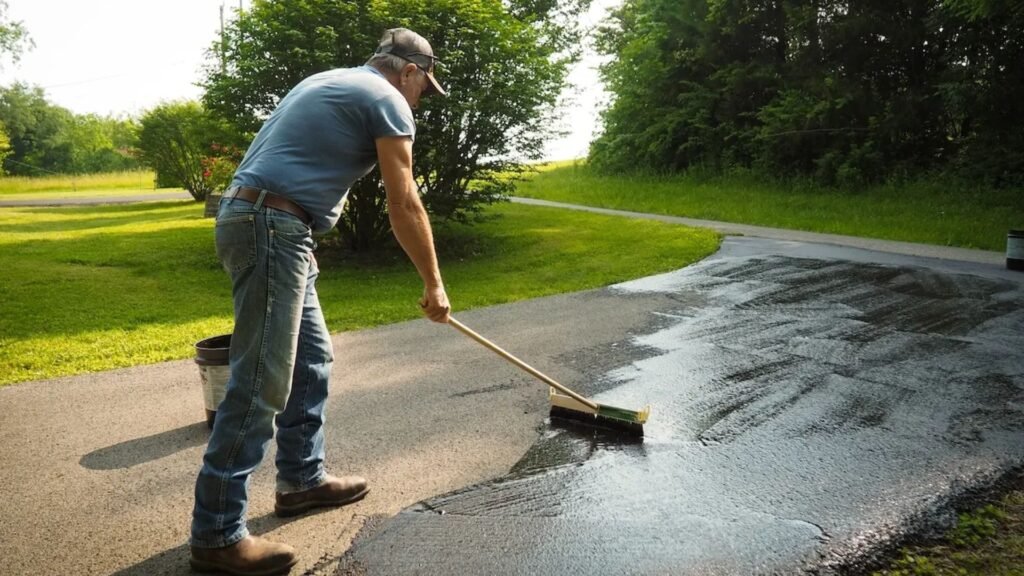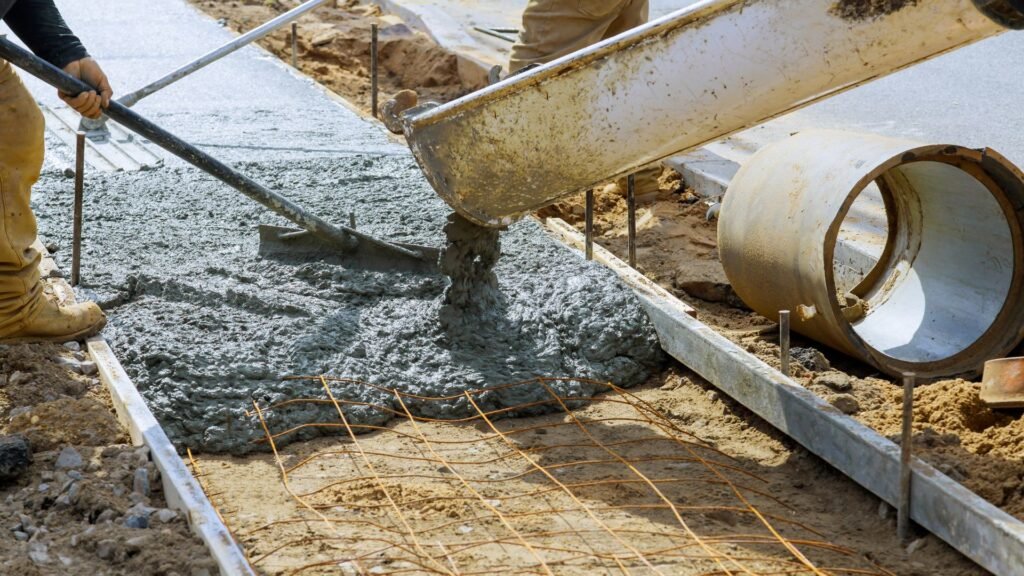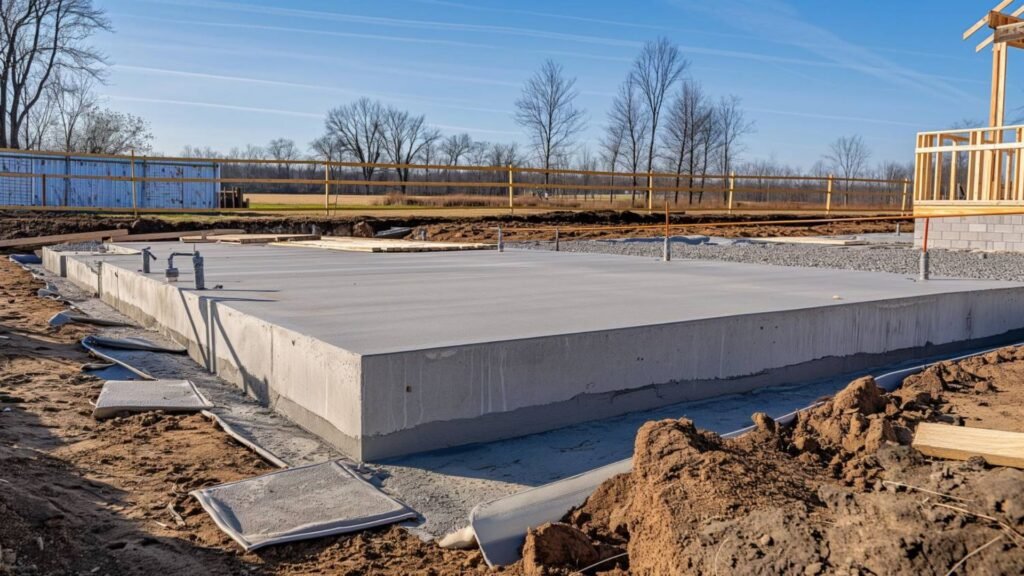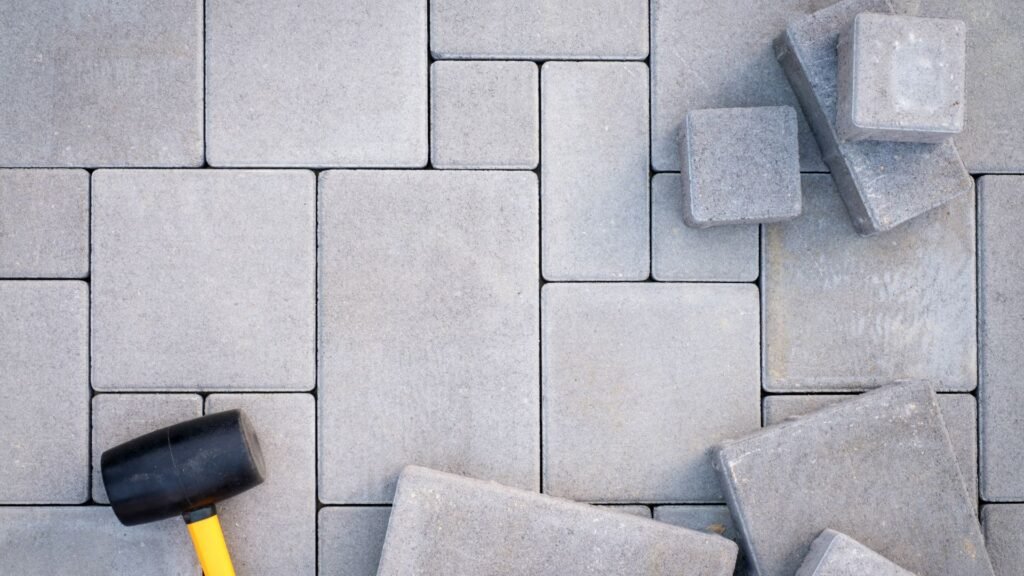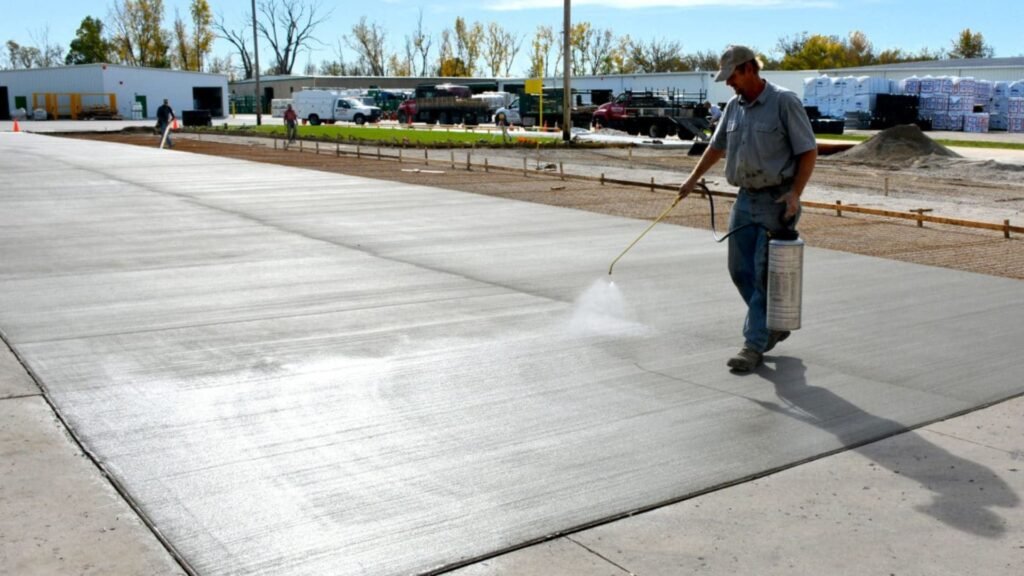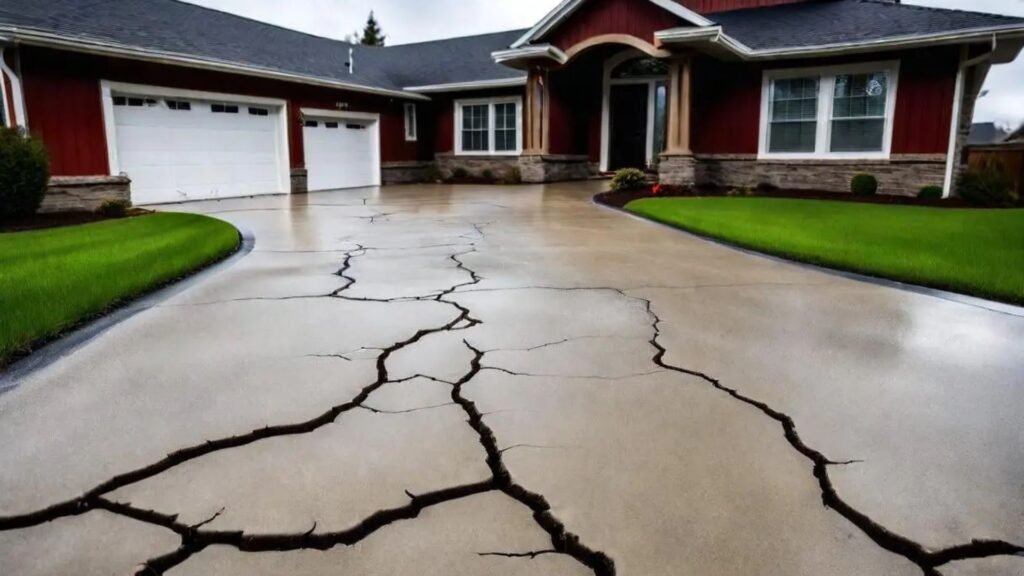Welcome to the world of modern construction, where concrete—a material we often take for granted—plays a pivotal role in everything from roads and bridges to homes and skyscrapers. But have you ever wondered what makes today’s concrete stronger, more durable, and easier to work with than ever before? The answer lies in innovative additives like superplasticizers. These unsung heroes of construction have revolutionized how concrete behaves, offering benefits like improved workability, increased strength, and enhanced durability. In this post, we’ll explore exactly what superplasticizer does to concrete and why it’s so important in shaping the structures around us.
Superplasticizers are chemical admixtures added to concrete to improve its workability without increasing water content. They allow concrete to flow more easily, making it easier to pour and shape while maintaining or even enhancing its strength and durability. By reducing the water-to-cement ratio, superplasticizers help create stronger, more durable concrete that’s less prone to cracking and shrinkage.
Table of Contents
What Is Concrete And Its Basic Components?
Concrete is one of the most widely used building materials in the world, found in everything from skyscrapers to sidewalks. Its versatility and durability make it indispensable in modern construction, but what exactly is it made of, and why is it so important?
Definition of Concrete
At its core, concrete is a composite material made from three primary ingredients: cement, water, and aggregates (which include sand, gravel, or crushed stone). When these components are mixed together, they form a paste that hardens over time, creating a solid, stone-like structure.
- Cement: The binder that holds the mix together. Most commonly, Portland cement is used, which reacts with water to form a hard, durable mass.
- Water: Essential for the chemical reaction that allows cement to harden (known as hydration). The water-to-cement ratio is a key factor in determining the strength of the final concrete.
- Aggregates: These give concrete its bulk and contribute to its strength. Fine aggregates like sand fill the gaps between the larger, coarse aggregates like gravel or crushed stone.
This combination creates a material that is incredibly strong under compression, making it ideal for supporting structures like bridges, buildings, and roadways. Concrete is praised for its adaptability, allowing it to be poured into various shapes and forms, hardening into a robust material that can withstand the test of time.
Challenges of Traditional Concrete
While concrete is strong and versatile, traditional concrete has its limitations. One of the biggest challenges is its stiffness. Once it hardens, concrete becomes rigid and inflexible, which can be problematic in certain construction projects. This stiffness can lead to cracking under stress or when exposed to extreme temperature changes, as concrete lacks the ability to bend or stretch.
Additionally, traditional concrete can be difficult to work with. It requires a careful balance of water and cement to ensure proper strength, and it doesn’t always flow smoothly into complex molds or tight spaces. This can be a significant issue in modern construction, where architects and engineers often demand more intricate, detailed designs.
Moreover, excessive use of water to improve workability can weaken the concrete by creating larger pores in its structure, leading to reduced durability and strength. This trade-off between workability and strength has long been a challenge for builders.
Segway to Superplasticizers
To address these issues, advancements in construction materials have led to the development of additives that can improve the performance of concrete. One of the most important innovations is superplasticizers.
Superplasticizers are a type of chemical admixture that increases the workability of concrete without needing to add extra water. They help make the concrete mix more fluid and easier to pour into complex shapes or areas with dense reinforcement, while maintaining its strength and durability. Essentially, superplasticizers allow for better flowability of concrete without compromising its structural integrity.
By using superplasticizers, builders can create more flexible, adaptable concrete mixes that are easier to work with and offer greater performance, helping to overcome the limitations of traditional concrete. These additives are especially important in high-performance concrete applications, where both strength and ease of placement are crucial.
While traditional concrete has served the construction industry well for centuries, modern innovations like superplasticizers have significantly enhanced its capabilities, making it easier to use and more adaptable to today’s demanding architectural designs.

What Are Superplasticizers?
Superplasticizers are essential chemical admixtures used in the construction industry to enhance the properties of concrete. These additives are specifically designed to improve the workability of concrete while maintaining or even reducing its water content, making them an integral part of modern construction techniques. Let’s dive deeper into what superplasticizers are, their history, types, and how they work.
Definition
Superplasticizers, also known as high-range water reducers, are chemical compounds added to concrete mixes to improve fluidity without compromising the overall strength of the final product. By reducing the amount of water required in the mix, superplasticizers allow the concrete to flow more easily while maintaining its structural integrity. This means builders can create more workable concrete mixtures without diluting the strength that would typically come with adding excess water.
In simple terms, superplasticizers make concrete easier to work with, especially in challenging situations, without sacrificing the durability or strength of the final structure.
History of Superplasticizers
Superplasticizers were first developed in the 1960s and 1970s, largely in response to the growing demand for stronger, more versatile building materials. As construction techniques advanced and new architectural styles emerged, there was a need for concrete that could be poured into complex forms or placed in environments where traditional mixes would struggle to perform.
Initially, superplasticizers were used in specialized projects like bridges, dams, and high-rise buildings where superior concrete performance was critical. However, as their benefits became clearer, their usage spread to general construction projects. Today, superplasticizers are standard in a wide range of applications, from commercial buildings to residential developments.
Types of Superplasticizers
Superplasticizers come in different varieties, each designed to provide specific benefits depending on the project’s requirements. The three most common types are:
1. Melamine-Based Superplasticizers: These are some of the earliest superplasticizers, primarily used in precast concrete elements. They help produce a high-strength concrete mix, but their effectiveness is shorter in duration compared to other types.
2. Naphthalene-Based Superplasticizers: Popular for their long-lasting effects, naphthalene-based superplasticizers are often used in larger-scale construction projects where prolonged workability is essential. They are commonly used in ready-mix concrete and large concrete pours.
3. Polycarboxylate-Based Superplasticizers: The most advanced type, these superplasticizers offer excellent performance in reducing water content while maintaining flowability over a long period. They are ideal for projects requiring high-performance concrete, such as skyscrapers or large infrastructure.
How Superplasticizers Work
At a molecular level, superplasticizers work by dispersing the particles within the cement mixture. Normally, cement particles tend to clump together when mixed with water, which restricts the flow of the concrete. Superplasticizers prevent this clumping by electrically repelling these particles, allowing them to spread out more evenly in the mix.
This dispersion results in two key benefits:
1. Reduced Water Content: Less water is needed to achieve the same level of fluidity. This makes the concrete denser and stronger when it cures, as excess water often weakens the final product.
2. Improved Flowability: The concrete mixture becomes much easier to pour and mold, making it ideal for use in complex or large-scale projects where precision and flexibility are required.
Superplasticizers revolutionize the way concrete behaves, providing greater workability and strength with reduced water content. These admixtures have become a cornerstone of modern construction, helping to create more durable and sustainable buildings while improving the overall efficiency of the construction process.

Benefits Of Using Superplasticizers In Concrete
Concrete is one of the most widely used materials in construction, and ensuring its optimal performance is crucial for both the structural integrity and longevity of a building. Superplasticizers, a class of chemical admixtures, have revolutionized the concrete industry by enhancing the material’s properties without the need for excess water. This section explores the key benefits of using superplasticizers in concrete and how they improve workability, strength, durability, and cost-effectiveness.
Improved Workability
What Does It Mean?
Workability refers to how easily fresh concrete can be mixed, placed, compacted, and finished without segregation. In simpler terms, it’s about how smoothly the concrete flows and adapts to different forms and reinforcement structures during the construction process. A concrete mix with high workability is easier to handle, especially in complex projects where concrete needs to fill intricate spaces or cover large areas uniformly.
How Superplasticizers Help
Superplasticizers significantly improve the workability of concrete by reducing the water-to-cement ratio. Normally, water is added to the concrete mixture to make it more fluid, but too much water can compromise the strength and durability of the final product. Superplasticizers work by dispersing the cement particles more effectively, allowing the concrete to flow smoothly without the need for excess water. This means that the concrete becomes easier to pour and place, even in tight or awkward spaces, without becoming watery or losing its structural integrity.
Increased Strength
Why Water Content Matters
The water-to-cement ratio is a critical factor in determining the strength of concrete. While water is necessary to initiate the hydration process that hardens concrete, too much water weakens the final product. This is because excess water leads to the formation of capillary pores in the concrete, reducing its overall density and, consequently, its compressive strength.
Impact of Superplasticizers
Superplasticizers enable the use of less water in the mix without sacrificing workability. By improving the flow of concrete, these admixtures allow for a more efficient hydration process with a lower water content, resulting in a denser, stronger concrete. The reduction in water also minimizes the number of pores in the hardened concrete, increasing its compressive strength and resistance to wear and tear. This enhanced strength makes superplasticized concrete ideal for projects requiring high structural performance, such as skyscrapers, bridges, and foundations.
Enhanced Durability
Concrete Longevity
Concrete durability refers to its ability to withstand various environmental and mechanical stresses over time without deteriorating. Factors such as cracking, shrinkage, and exposure to freeze-thaw cycles or chemical attacks can severely affect the longevity of concrete structures. Superplasticizers play a key role in enhancing the durability of concrete by reducing the water content, which in turn minimizes the chances of cracking, shrinkage, and other forms of degradation.
Practical Applications
Durable concrete is crucial for long-term infrastructure projects such as highways, bridges, and high-rise buildings. In these applications, the ability to resist environmental factors like extreme temperatures, chemical exposure, and mechanical stresses ensures that the structure remains functional and safe for decades. By incorporating superplasticizers, engineers can produce concrete that is not only stronger but also more resilient against these challenges, significantly extending the lifespan of the structure.
Faster Construction and Cost Savings
Efficiency in Construction
Time is a critical factor in construction, especially on large-scale projects where delays can lead to significant cost overruns. Superplasticizers make concrete easier to handle and place, reducing the time needed for mixing, pouring, and finishing. This is especially beneficial in projects requiring large volumes of concrete or complex forms, as the improved flowability helps workers place the concrete more efficiently, speeding up the construction process.
Cost Efficiency
The use of superplasticizers in concrete not only speeds up construction but also offers long-term cost savings. By reducing the amount of water required and improving concrete strength and durability, superplasticizers lower the need for repair and maintenance over the structure’s lifespan. Additionally, with faster construction timelines and less labor required to work with the concrete, overall project costs can be significantly reduced, making it a more economical choice for both contractors and clients.
Superplasticizers offer a range of benefits that improve the performance of concrete in construction projects. From better workability and increased strength to enhanced durability and cost savings, these admixtures are a valuable tool for any construction professional looking to optimize their concrete mix.

Applications Of Superplasticized Concrete
Superplasticizers, also known as high-range water reducers, have revolutionized the concrete industry by enhancing the workability, strength, and durability of concrete. These additives improve the performance of concrete in various applications, from residential construction to large-scale infrastructure projects. Below is a detailed look at some key areas where superplasticized concrete is making a significant impact.
Residential Construction
Floor Slabs and Driveways
Superplasticized concrete is increasingly being used in everyday residential projects such as floor slabs and driveways. Homeowners and contractors benefit from the smooth, durable finish that superplasticizers help achieve. By reducing the water content needed for the mix, the concrete becomes easier to work with, allowing for a flawless surface with fewer imperfections. This is especially important in home flooring, where evenness and aesthetic appeal are crucial. In addition to aesthetics, superplasticizers increase the concrete’s strength, resulting in longer-lasting driveways and floor slabs that resist cracking, even under heavy use or exposure to the elements. The improved flow also makes the application faster and less labor-intensive, offering cost savings and efficiency in residential projects.
Commercial and Infrastructure Projects
Bridges and Highways
In large infrastructure projects, like bridges and highways, superplasticizers play an essential role. These structures demand high-performance concrete that can handle extreme conditions, including heavy loads, high traffic, and varying weather patterns. Superplasticized concrete provides enhanced strength, making it ideal for constructing durable, long-lasting infrastructure. The reduced water-to-cement ratio in the mix improves the concrete’s overall density, which enhances its resistance to environmental factors like freeze-thaw cycles and corrosion from de-icing salts. Additionally, because superplasticizers make concrete easier to place and finish, they allow for more complex designs and faster project completion times—crucial in large-scale civil engineering projects where deadlines are strict and safety is paramount.
High-Rise Buildings
Pumpable Concrete
Superplasticizers are indispensable in the construction of high-rise buildings, where concrete needs to be pumped over long distances or to great heights. In skyscraper construction, traditional concrete can lose workability when pumped through long pipelines, leading to potential clogs and inconsistent placement. However, superplasticized concrete maintains its fluidity and workability even when transported vertically over significant distances. This ensures that the concrete reaches upper floors with minimal effort and without compromising on quality. Additionally, the high-strength characteristics provided by superplasticizers are critical for the structural integrity of tall buildings, which need to support heavy loads while remaining stable against environmental forces such as wind and seismic activity.
Precast Concrete
Quick Molding and Curing
Superplasticizers also play a crucial role in the production of precast concrete, where quick molding and efficient curing are essential for meeting high production demands. Precast concrete products, such as beams, panels, and columns, require rapid setting to ensure quick turnover times. Superplasticizers help achieve this by accelerating the hydration process, reducing setting times without compromising the strength or durability of the finished product. Furthermore, the enhanced workability provided by superplasticizers allows for more intricate shapes and designs to be molded with ease, offering architects and builders greater flexibility in their designs. This efficiency not only speeds up construction timelines but also contributes to a reduction in labor costs and energy consumption during production, making precast concrete both a time-saving and environmentally friendly option in modern construction.
Superplasticized concrete is transforming various sectors of the construction industry, from residential flooring to the creation of massive infrastructure projects. Its ability to enhance the workability, strength, and durability of concrete makes it an invaluable asset in ensuring long-lasting and efficient construction. Whether in homes, high-rise buildings, or large public works, the applications of superplasticized concrete continue to grow, promising innovations in both the materials and methods used in modern construction.

Potential Drawbacks And Misuse Of Superplasticizers
While superplasticizers offer significant advantages in concrete mix designs, it’s crucial to understand that their misuse can lead to various problems. In this section, we’ll explore some potential drawbacks and how to avoid them.
Overuse and Underdosing
One common issue with superplasticizers is finding the right balance in dosage. Using too much superplasticizer can result in concrete that is overly fluid. This excessive fluidity can lead to problems like segregation, where the heavier aggregates separate from the cement paste. In extreme cases, the mix may become so fluid that it compromises the structure’s stability during setting, resulting in weaker, less durable concrete.
On the other hand, underdosing, or using too little superplasticizer, means you won’t fully achieve the desired workability. The concrete might be too stiff, making it harder to pour and finish, especially in situations where complex shapes or reinforced structures are involved. Moreover, an improper superplasticizer dose can interfere with the curing process, resulting in shrinkage, cracks, and an overall reduction in the concrete’s strength.
Compatibility Issues
Another drawback to be mindful of is the potential for compatibility issues between the superplasticizer and the type of cement used. Not all superplasticizers work well with all cement compositions. For example, certain cement types contain additives or supplementary cementitious materials that may react unfavorably with specific superplasticizers. This can lead to delayed setting times, reduced strength, or even the formation of harmful compounds within the mix, which can weaken the final concrete product.
If the superplasticizer is not compatible with the cement, instead of enhancing the concrete’s performance, it can lead to a host of problems like reduced durability, higher permeability (making the concrete susceptible to environmental damage), and in some cases, aesthetic issues like uneven surfaces or discoloration. Compatibility should never be taken lightly, as it directly impacts the structural integrity of the concrete.
Expert Opinion
Given the risks associated with both overuse and compatibility, it’s essential to follow manufacturer instructions closely. These instructions are often based on rigorous testing, and adhering to them ensures that the superplasticizer performs as intended. Additionally, seeking expert advice from civil engineers or construction specialists can be invaluable. They can help determine the correct type and dosage of superplasticizer for your specific project, ensuring that the concrete mix achieves the desired strength, durability, and workability.
Using superplasticizers correctly requires an understanding of their behavior within the specific context of your materials and project requirements. When in doubt, it’s always best to consult with professionals who can offer tailored solutions, minimizing the chances of missteps and optimizing the performance of the concrete.
While superplasticizers are an incredibly useful tool in modern construction, improper use can lead to significant issues. Overuse, underdosing, and compatibility problems all present potential challenges, but these can be mitigated with proper knowledge, expert guidance, and adherence to best practices.

How Superplasticizers Are Changing Modern Construction
Superplasticizers are revolutionizing the construction industry by enabling the development of stronger, more durable, and eco-friendly structures. These chemical additives, often referred to as high-range water reducers, are used in concrete mixtures to reduce the water content without compromising workability. Let’s explore how superplasticizers are playing a pivotal role in transforming modern construction.
Sustainable Construction
One of the most significant impacts of superplasticizers is their contribution to sustainable construction practices. By reducing the water-cement ratio, these additives allow for the production of high-strength concrete with less water. This not only conserves water—a vital resource—but also decreases the amount of raw materials, such as cement, required in the mix.
Cement production is one of the leading contributors to global CO2 emissions. By minimizing the quantity of cement needed to achieve the desired strength and consistency, superplasticizers help reduce the carbon footprint of construction projects. The ability to use less material without sacrificing the structural integrity or durability of the concrete makes superplasticizers a key player in the pursuit of greener, more environmentally responsible construction methods.
Innovation in Concrete Technology
Superplasticizers are part of a broader movement toward innovation in concrete technology. The development of high-performance concrete (HPC) and self-compacting concrete (SCC) would not be possible without these additives.
- High-Performance Concrete (HPC): HPC refers to concrete mixes that offer superior strength, durability, and resistance to harsh environmental conditions. Superplasticizers play a vital role in enhancing these properties by improving the workability of concrete, making it easier to place and finish while maintaining high strength.
- Self-Compacting Concrete (SCC): SCC is designed to flow under its own weight, filling formwork and encasing reinforcement without the need for mechanical vibration. This innovation is heavily dependent on superplasticizers, which ensure the concrete maintains fluidity without excess water, resulting in a smooth, defect-free finish.
These technological advancements in concrete not only improve the performance of structures but also streamline the construction process. This efficiency results in reduced labor, shorter project timelines, and lower overall costs.
The Future of Construction
As construction continues to evolve, superplasticizer technology is expected to play an even larger role in shaping the future of the industry. With ongoing research and development, we can anticipate the creation of even stronger, more durable, and more sustainable concrete mixes. These advances could lead to the construction of buildings that are not only more resilient to environmental stressors but also have a lower environmental impact.
Future innovations in superplasticizers may also contribute to more energy-efficient buildings by enabling the construction of lighter structures without compromising strength. This could reduce the energy needed for heating and cooling, further enhancing the sustainability of modern architecture.
Moreover, as the global construction industry continues to prioritize sustainability and efficiency, the demand for materials that promote eco-friendly building practices will grow. Superplasticizers, by improving the performance of concrete and reducing resource consumption, are poised to become an even more critical element in the drive toward greener cities and smarter infrastructure.
Superplasticizers are changing the landscape of modern construction by enabling more sustainable practices, enhancing the properties of concrete, and contributing to innovations that will shape the future of the industry. As these materials continue to evolve, they will play an increasingly essential role in building a more sustainable and efficient world.

FAQs: About What Does Superplasticizer Do To Concrete?
What is a superplasticizer in concrete?
Superplasticizers are chemical admixtures used to increase the workability of concrete while reducing the amount of water required. They help make the concrete easier to handle, pour, and shape without sacrificing strength or durability.
How does superplasticizer improve concrete workability?
Superplasticizers reduce the water content in the concrete mix, allowing the material to flow more easily. This makes it easier to pour and work with, especially in projects that require precise placement or complex forms.
Does using a superplasticizer make concrete stronger?
Yes, by reducing the water-to-cement ratio, superplasticizers help increase the overall strength of concrete. With less water, the concrete becomes denser and more durable, making it resistant to cracking and environmental damage.
Can superplasticizers affect the durability of concrete?
Superplasticizers enhance the durability of concrete by reducing its porosity and making it less susceptible to damage from freeze-thaw cycles, chemical exposure, or long-term wear. The improved strength and density contribute to longer-lasting structures.
What types of projects benefit from using superplasticizers?
Superplasticizers are beneficial in a wide range of projects, from residential concrete slabs and driveways to large-scale infrastructure projects like bridges, tunnels, and high-rise buildings. They are particularly useful in situations where concrete needs to be pumped over long distances or into hard-to-reach areas.
Are there different types of superplasticizers?
Yes, there are several types of superplasticizers, including melamine-based, naphthalene-based, and polycarboxylate-based varieties. Each type has different properties and is selected based on the specific requirements of the concrete mix and project.
How much superplasticizer should be added to concrete?
The amount of superplasticizer added to a concrete mix varies depending on the desired effect and the specific product being used. It’s important to follow the manufacturer’s guidelines, as adding too much or too little can lead to issues with setting time, strength, or workability.
What are the potential drawbacks of using superplasticizers?
While superplasticizers offer many benefits, improper use can lead to problems such as over-fluidity, segregation, or improper curing. Additionally, not all superplasticizers are compatible with every type of cement, so selecting the right product for the mix is crucial.
Can superplasticizers speed up construction?
Yes, superplasticizers can help speed up construction by making concrete easier to work with and reducing the need for excessive water. This leads to faster setting times, easier handling, and quicker curing, which can reduce overall project timelines.
Is superplasticizer environmentally friendly?*
Superplasticizers can contribute to more sustainable construction by reducing the amount of water and raw materials needed for concrete mixes. This can lower the environmental footprint of a project, especially when used in conjunction with other green building practices.
Conclusion
In conclusion, superplasticizers play a crucial role in modern concrete technology by enhancing workability, strength, and durability. These powerful additives offer a simple yet effective solution to common construction challenges, allowing builders to achieve better results without compromising the quality of their structures. While the science behind superplasticizers may seem complex, their benefits are straightforward and accessible to anyone looking to improve their concrete performance. As you plan your next construction project, consider the significant impact superplasticizers can have on both the efficiency and longevity of your work, and take the opportunity to explore more about the advancements in concrete technology.
About the Author:
Mike Veail is a recognized digital marketing expert with over 6 years of experience in helping tradespeople and small businesses thrive online. A former quantity surveyor, Mike combines deep industry knowledge with hands-on expertise in SEO and Google Ads. His marketing strategies are tailored to the specific needs of the trades sector, helping businesses increase visibility and generate more leads through proven, ethical methods.
Mike has successfully partnered with numerous companies, establishing a track record of delivering measurable results. His work has been featured across various platforms that showcase his expertise in lead generation and online marketing for the trades sector.
Learn more about Mike's experience and services at https://theleadguy.online or follow him on social media:






